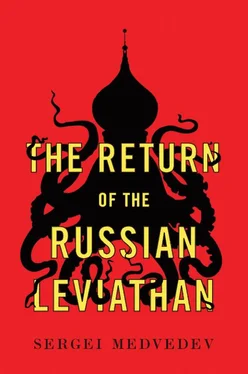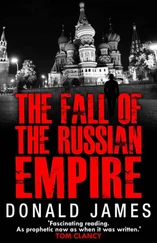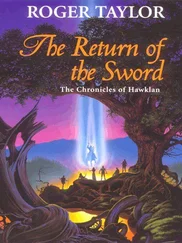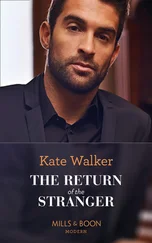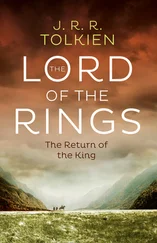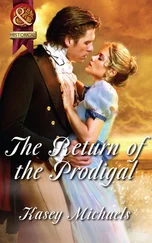As a result, the question of cheese (also, incidentally, of wine) is a question of roots, about a person being tied to a place; it’s about identity, locality and regionalism. It’s about a village that has stood for the past two thousand years, where there are houses that are three hundred years old. It’s about family traditions, generations of peasants, about handwritten housekeeping books, alfalfa, which is at its best on the western side of the hill. Charles de Gaulle asked the rhetorical question: ‘How can anyone govern a nation that has 246 different kinds of cheese?’ [15] ‘Comment voulez-vous gouverner un pays qui a deux cent quarante-six variétés de fromage?’ ‘Les Mots du Général’, Ernest Mignon, 1962.
In fact, the General was mistaken; there are at least 400 different cheeses in France. And it is precisely that variety of tastes, regions, cultures and traditions that has made France the most popular country in the world for visitors, attracting up to a hundred million people every year. In Russia, the tradition of producing cheese arose only in the non-Russian regions on the periphery of the empire, in the Caucasus, the Baltic States and Finland; in other words, in those areas where there was no serfdom and where the sense of kinship, soil and roots was strongest. In the central spaces of the empire, where there was serfdom, cheese never caught on; it never became a tradition or a favoured taste, but remained a sort of foreign amusement, the forbidden aroma of the West, of satiety – of freedom.
The present war against cheese in Russia is following in the footsteps of this long cultural tradition, and it is no coincidence that alert citizens continue to use the ‘hot line’ to report shops where they find ‘the forbidden fruit’, and the television stations continue to show the destruction of cheese in mobile crematoria, and the health authorities continue to tell people how bad Western cheese is for the Russian stomach. Wiping out cheese is eternal Russia’s answer to the mouldy West and to curious citizens: ‘Your predecessors didn’t have a rich lifestyle, why the hell should you start now?’ And at one and the same time, these are symbolic gestures of Russia’s political independence, a step into the future, where there won’t be 246 types of cheese, as de Gaulle had to cope with, but just one, Russian, like in Sorokin’s Day of the Oprichnik . True, it will be made of palm oil, but that’s like just about everything in our sovereign state.
THE LAND OF ABANDONED CHILDREN
Loveless , a film by Andrei Zvyagintsev about a boy who runs away from home after a row between his parents and disappears into the forest, hit the Russian screens on 1 June 2017, which happens to be the Day for the Defence of Children. Even though this was, no doubt, a complete coincidence, the timing is deeply symbolic.
Children have indeed become one of the painful subjects of our time, from the fake propaganda about the ‘crucified boy’ in Slavyansk (a well-known lie put out by Russian media supposedly to illustrate the cruelty of Ukrainians in the Donbass), to the hysteria in the Duma about the ‘groups of death’ in social media, which allegedly were trying to provoke schoolchildren into committing suicide. From ‘the children’s crusade’ of those school kids who unexpectedly took part in the protest rally in support of the opposition politician, Alexei Navalny, on 26 March 2017, to ‘the Arbat Hamlet’ – a boy who was reading Shakespeare aloud on the Arbat pedestrianized street in Moscow and was arrested for begging. With this film, Zvyagintsev hits right at the sore point where politics, propaganda and collective trauma all meet.
Just about all of Zvyagintsev’s films revolve around the subject of abandoned children. In The Return (2003), a prodigal father visits his two abandoned sons, and their lack of understanding ends in tragedy. In The Banishment (2007), the abortion of an unwanted foetus starts a chain of deaths. In Elena (2011), one of the central conflicts is between a father and his daughter (but there is also in the final scene the shot of a small baby writhing on a huge bed, as a symbol of thoughtless reproduction). In Leviathan (2014), the son of the main hero is taken off for adoption. Unborn, unwanted, abandoned children, children who are taken from their parents – this forms a key image for the director, and a symbol of the decaying cosmos and the moral catastrophe which he shows in every one of his films.
In Loveless (2017), a child is once again placed at the heart of the story; or, to be more precise, the child’s disappearance. The film has an overwhelming emptiness, a lacuna, which begins to grow like a funnel, drawing into it all the main characters, those close to them, their homes, the areas where they live, and the forest park. The aesthetics of absence, marked by traces of the boy who has disappeared – his jacket, notices about his disappearance, the cries of those searching for him in the empty forest – all heighten the suspense, turning a family drama into a psychological thriller. The tormented search for the child reminds us more than once of Andrei Tarkovsky’s Stalker . Zvyagintsev always uses the same cameraman, Mikhail Krichman, whose lens gives even the simplest details a merciless sharpness and metaphysical depths; Krichman’s gripping shots and dim palette turn a Moscow suburb into the kingdom of the dead, relieved only by the fleeting beauty that is brought by the first snow, which just for a second turns the scene into a Bruegelesque winter landscape.
In line with the laws of thermodynamics, entropy grows in this space. There is no god here (although there are bearded office workers in the company of an Orthodox businessman), just as there is no state – a policeman immediately warns the parents that the police won’t go searching for the boy. Here, families are dead and the school is hopeless: the schoolteacher helplessly drags a cloth across the blackboard leaving chalk smears, while outside the window the snow gradually starts to fall. There are not even guilty people here: everyone has simply been born and lives in a loveless space, which they diligently reproduce as the only method available to them for survival and communication.
The apotheosis of this emptiness comes in an abandoned building somewhere in the forest, the boy’s last refuge. The leaking roof, the puddles on the floor, the fragments of human civilization – all this reminds us of The Zone and The Room in Stalker , which was for Tarkovsky a metaphor for the deserted soul. Even the brilliant final scene in the mortuary (which, for its intensity and lack of resolution should go into a handbook for directors) is constructed around absence. We do not see the actual fact, the events, the dead body: all we see is the reflection in faces and the reactions of the characters. But the most frightening emptiness opens up in the film’s epilogue, in the eyes of the main female character, walking on a treadmill while wearing a fashionable Bosco tracksuit with the word ‘RUSSIA’ written in English. The camera seems to fall into that totally vacant stare.
The simplest thing of all would be to see this as a caricature of Mother Russia, having lost her child and walking on the spot on a treadmill on the balcony of an elite home, while her new husband mindlessly watches news from the Donbass on the television, as presented by Russian TV’s chief propagandist Kiselyov. But Zvyagintsev doesn’t use such obvious metaphors. He does not convict, he makes a statement; he doesn’t lay blame, he presents a diagnosis. He’s made a film about a broken family and it’s come out as being about Russia, and the Donbass and Kiselyov; the final scene is not a political pamphlet, as in Leviathan , but the Zeitgeist , a frozen picture on the TV screen. Ultimately, is Alexander Pushkin’s Boris Godunov a tragedy about a murdered boy, or is it about Russian power? It is a similar question with Loveless : it reveals a moral flaw, an abandoned boy, at the very core of our existence, but the war in the Donbass is simply one of the partial consequences of this comprehensive moral disaster.
Читать дальше
